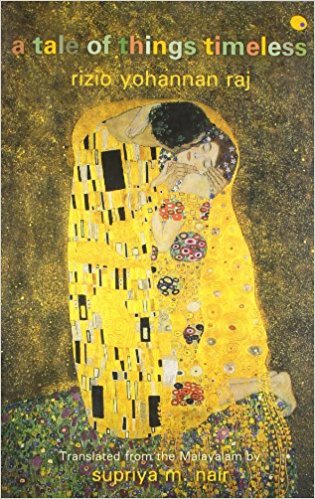A Tale of Things Timeless is a tale of a life lived in pain and perishing. It does not begin from the beginning but from the end in an act of artful retrieval of a life lost in the process of living. As the novel aspires to represent a stark human condition, it emerges as a mediatory text in three distinct ways. First, it mediates between life and death in which death apparently seems to win; second, it projects the author as a mediator between her own self and the protagonist; and third, it foregrounds the author as a mediator between two texts: one, written originally in a given language and the other translated from that language into yet another.
The novel is a text of passionate engagement with the larger predicament of a person, otherwise called a protagonist. The tale is tragic and the telling too passionate, verging sometimes almost on the sentimental.

